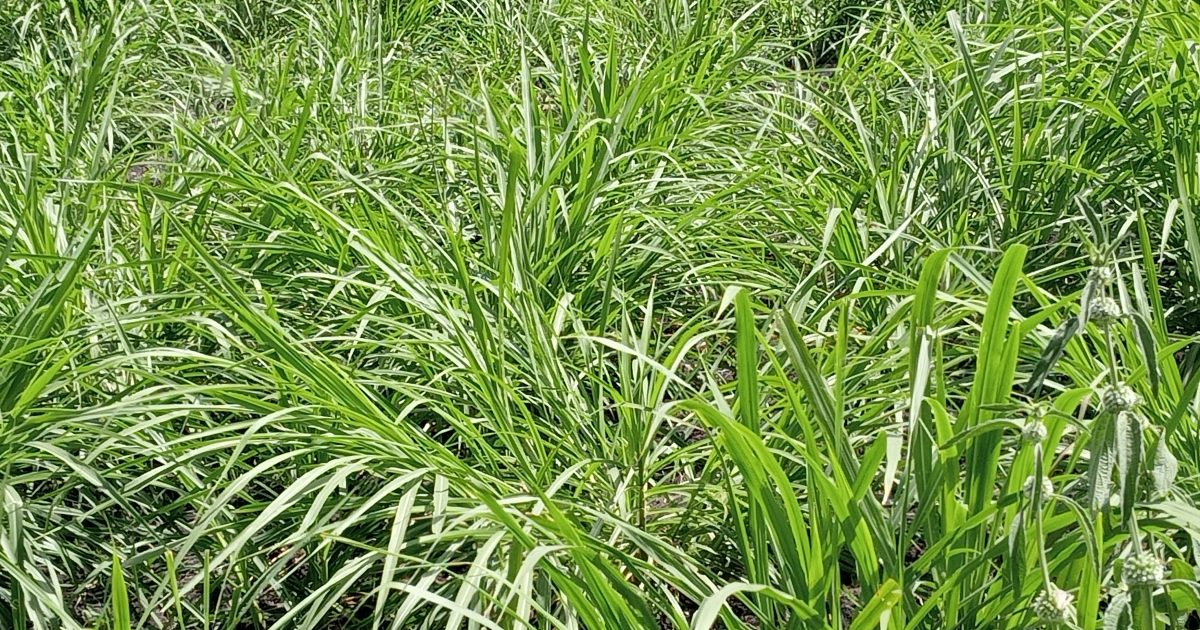Livestock farmers in Kajiado East Constituency, have embraced fodder production as a
way of ensuring their livestock have pasture, even during periods of drought.
The farmers, whose livestock were adversely affected by the recent drought, say they have learned an important lesson and are now doing all they can to mitigate the effects of drought, to ensure their livestock, which is their sole source of livelihood survives.
A spot check by Kenya News Agency, revealed that most farmers in Kajiado East Constituency, are now practicing various methods of fodder production and preservation, unlike before when they relied totally on rain-fed pasture.
In Oloorsirkon-Sholinke Ward, Ezekiel Leshan, took advantage of the recent rains and has planted lucerne, nappier grass, and sugar graze fodder varieties on his farm, to ensure that his animals are well-fed once the dry season sets in.
“Out of a herd of 150 cows, I lost 63 to the recent drought, despite moving from one area to another in search of pasture and buying hay for the animals. This major loss has made me think of ways to boost and conserve pasture for my animals, now that they are in plenty, so that I do not incur heavy losses once the drought sets in,” Leshan said.
He reveals that out of the recent rains, the sugar graze he planted has already matured and added he has already harvested it and used it to prepare silage for later use by his animals.
“I was able to plant one acre of both Lucerne and Sugar Graze, during the December rains and though the Lucerne variety did not do well, the sugar graze variety flourished and I now have 10 bags of silage to feed my cows later on,” he narrates.
Apart from planting fodder, other farmers are also paddocking their farms to ensure rotational grazing by their animals, which will not only maintain pasture, but it will also allow the natural regeneration of the fields.
Benson Silei, a farmer in Poka Kenyawa Ward, has fenced all his land and subdivided it into paddocks.
“With the paddocks, my animals will not wander through all the land destroying pasture. I intend to put cattle in the first paddock, then when they clear it, I move the sheep there and the rotation continues and I believe by the time all the paddocks have been utilized, the rains we be here with us again,” said Silei.
Those who have not fenced their land have cut the grass and compacted it into bales of hay for later use.
Paul ole Nchake from Embolioi, has been rearing Friesian cows and Dorper sheep and says that he has been practicing fodder production and preservation for years.
“I did not lose any cows in the recent drought as I had conserved hay and silage for my animals. I also controlled my stock by reducing the numbers to manageable levels. I urge fellow pastoralists to produce and conserve fodder as it is much cheaper and convenient unlike moving the animals from one place to another in search of pasture,” said Ole Nchake.
Dennis Kubasu, a research scientist at KALRO, Kiboko, In-Charge of fodder production says that given the recent challenges of drought and climate change, Kajiado farmers are now embracing pasture production either by naturally improving what they already have on their land or by establishing new fodder crops that have been developed.
He remarks that they have witnessed a high demand for fodder seeds from livestock farmers in Kajiado unlike before.
“We usually get a demand of about 20 tonnes per year and it is still rising as compared to five years ago. Based on the challenges and the exposure that the farmers are now getting, they are now looking for high-value fodder variety that they can also plant under irrigation because they provide more biomass and more feeds than when they plant the normal range grass,” said Kubasu.
Through the De-risking, Inclusion, and Value Enhancement (DRIVE) project, the government is keen on uplifting the pastoralists’ economic welfare in 21 ASAL counties including Kajiado.
The project component entails pasture and fodder production and conservation, livestock breeding covering Sahiwal, Dorper, Boran and Galla goats among others.
By Diana Meneto





